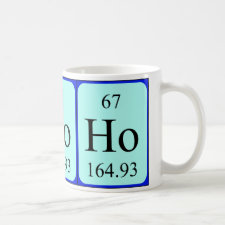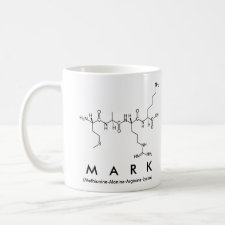
Authors: Vaughan AD, Sizemore SP, Byrne ME
Article Title: Enhancing molecularly imprinted polymer binding properties via controlled/living radical polymerization and reaction analysis.
Publication date: 2007
Journal: Polymer
Volume: 48
Issue: (1)
Page numbers: 74-81.
DOI: 10.1016/j.polymer.2006.11.013
Alternative URL: http://www.eng.auburn.edu/users/byrneme/ADV%20SPS%20MEB%20Polymer%2048%20(2007)%2074-81.pdf
Abstract: Fractional double bond conversion and associated template binding parameters of molecularly imprinted polymers were explored in this study in relation to initiator type and concentration, crosslinking monomer length, temperature, and solvent concentration. Controlled/living polymerization techniques were used to synthesize recognitive poly(methacrylic acid-co-ethylene glycol dimethacrylate) (poly(MAA-co-EGDMA)) networks which resulted in a 63% increase in the number of binding sites at approximately equivalent average binding affinity while retaining selectivity of the target molecule, ethyladenine-9-acetate. This is hypothesized to be attributed to a decrease in kinetic chain length and/or a more narrow dispersity of kinetic chains which leads to increased structural homogeneity and increased stability and integrity of binding sites. Reaction analysis of a typical poly(MAA-co-EGDMA) molecularly imprinted network measured via differential scanning calorimetry revealed low double bond conversion (35 ± 2.3% at 0 °C to 54 ± 1.9% at 50 °C) which is due to severely constrained network formation; therefore, the final composition of imprinted polymers does not represent the initial formulation when using significant amounts of short bifunctional crosslinking monomer. Optimization of conventional photoinitiator was shown to lead to a small improvement in template selectivity at equivalent affinity and capacity. However, the use of controlled/living polymerization techniques within the field of imprinted polymers has the greatest potential to improve the structural homogeneity and drastically enhance the binding parameters. Polymerization reaction analysis and the use of controlled polymerization strategies will lead to a greater understanding of the imprinting mechanism, optimization of binding parameters, and an increase in the application potential of imprinted networks
Template and target information: ethyladenine-9-acetate
Author keywords: Molecularly imprinted polymers, Polymer reaction analysis, living radical polymerization



Join the Society for Molecular Imprinting

New items RSS feed
Sign-up for e-mail updates:
Choose between receiving an occasional newsletter or more frequent e-mail alerts.
Click here to go to the sign-up page.
Is your name elemental or peptidic? Enter your name and find out by clicking either of the buttons below!
Other products you may like:
 MIPdatabase
MIPdatabase









